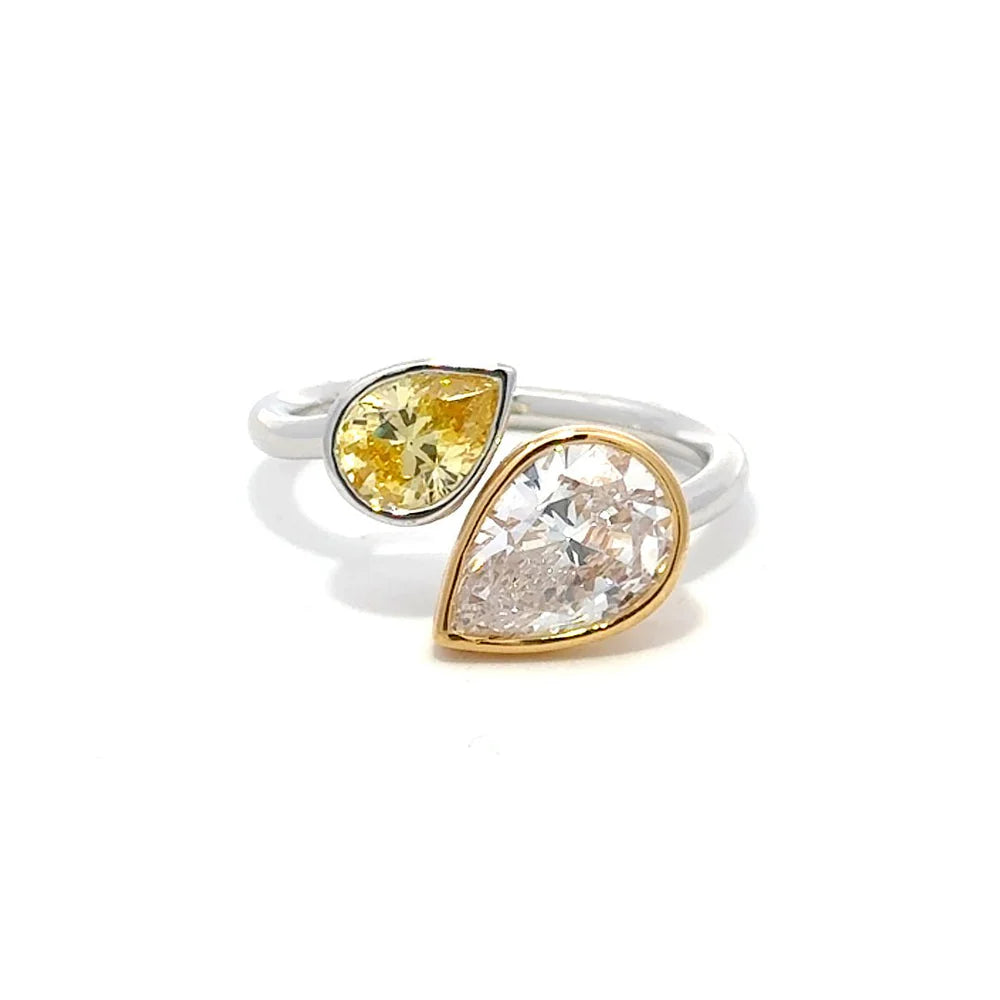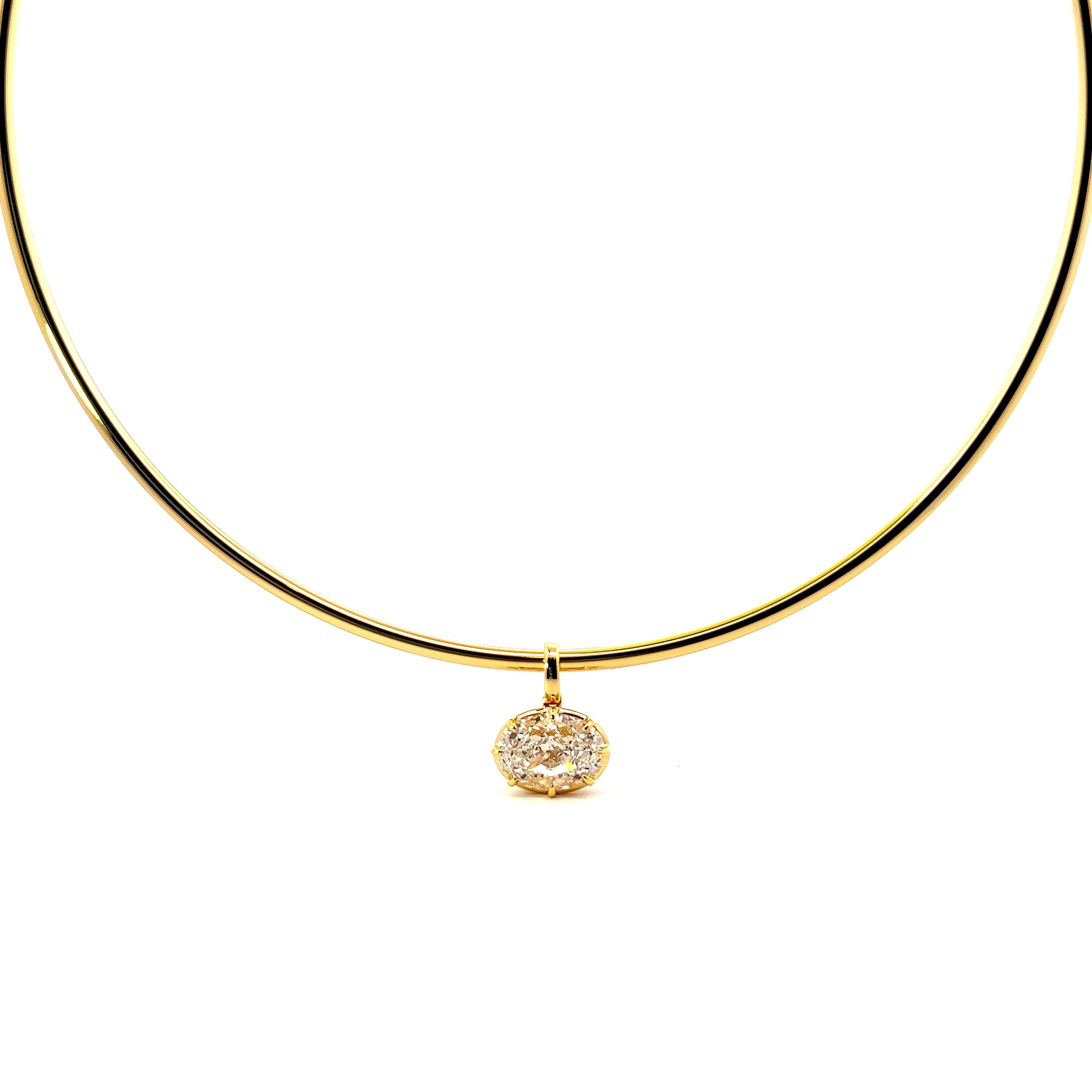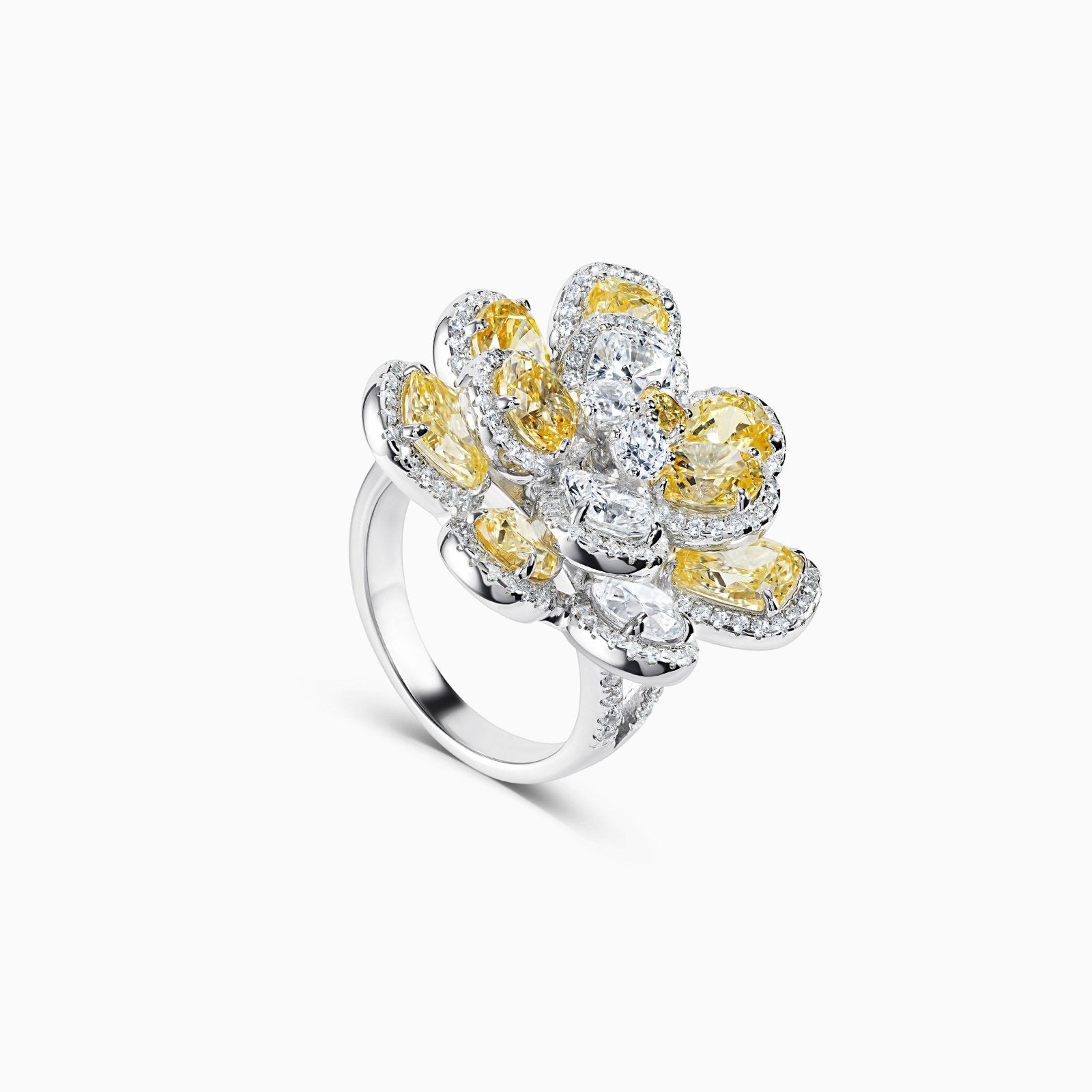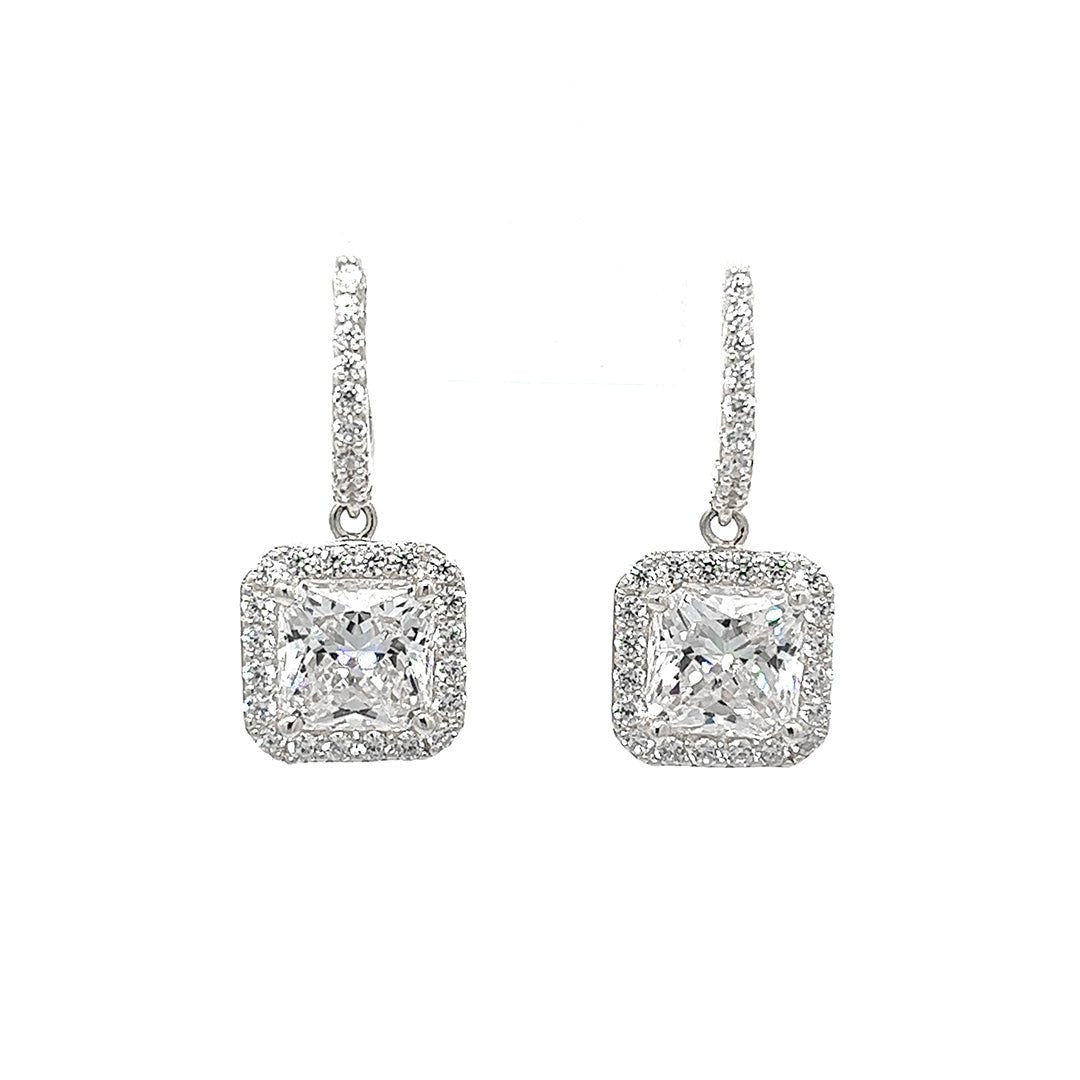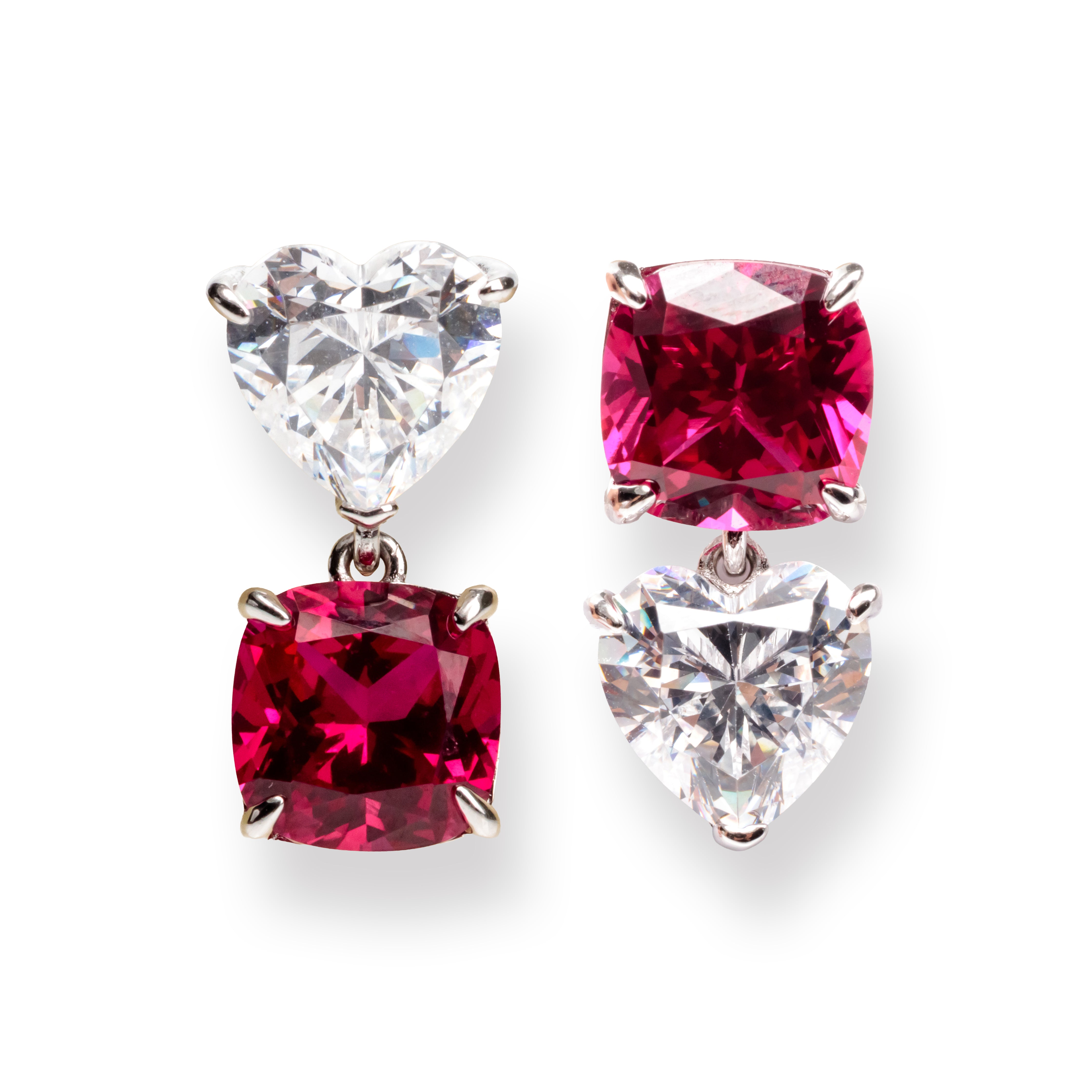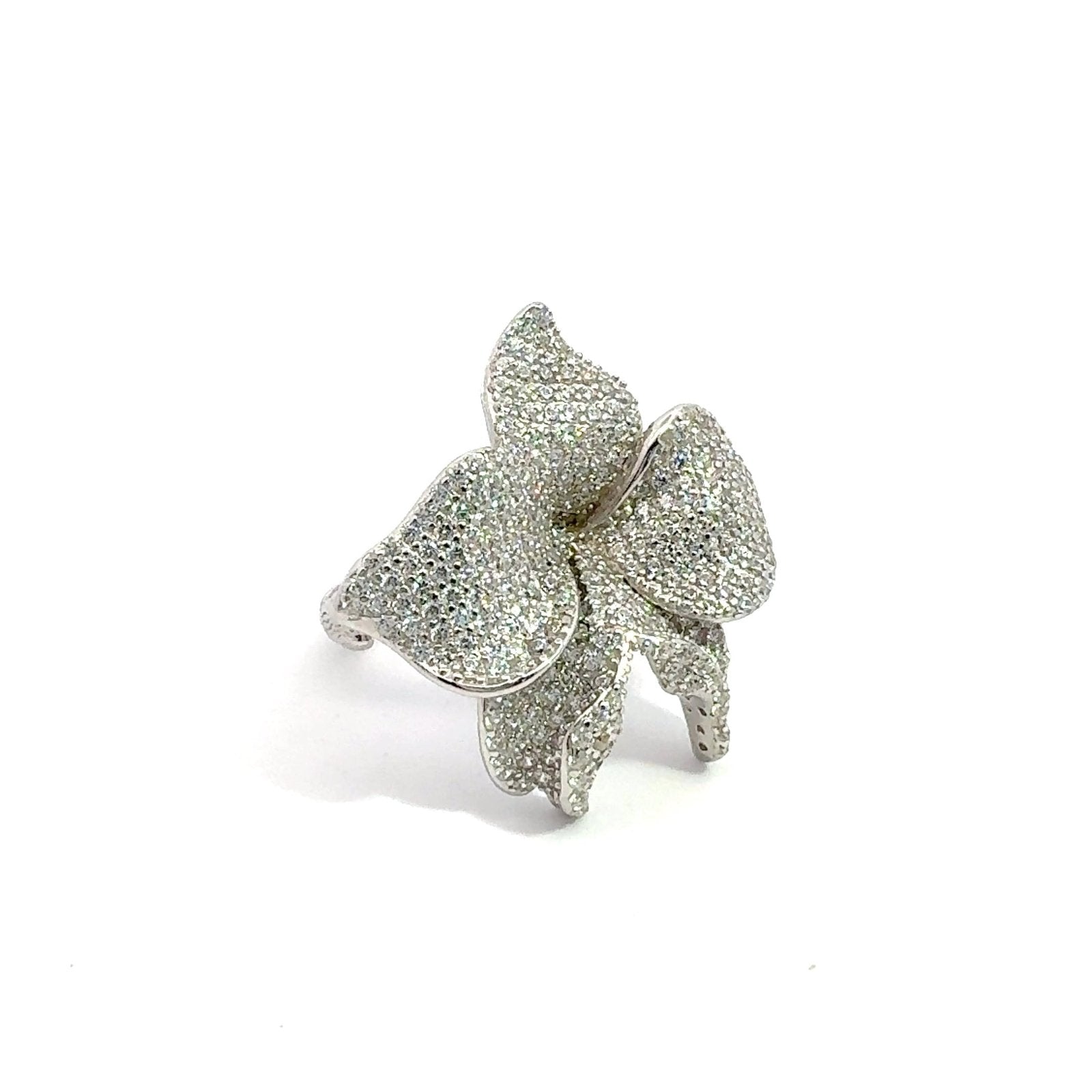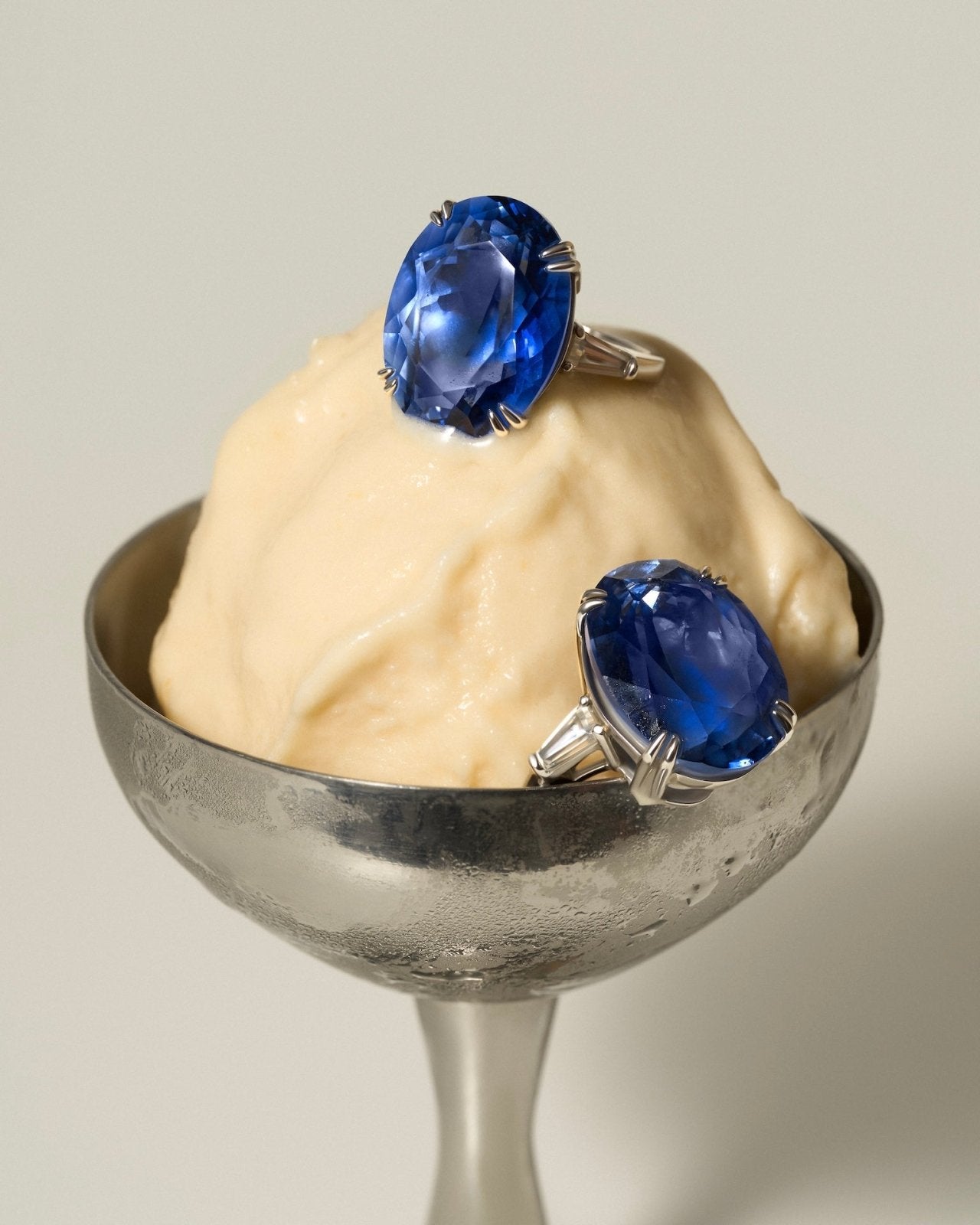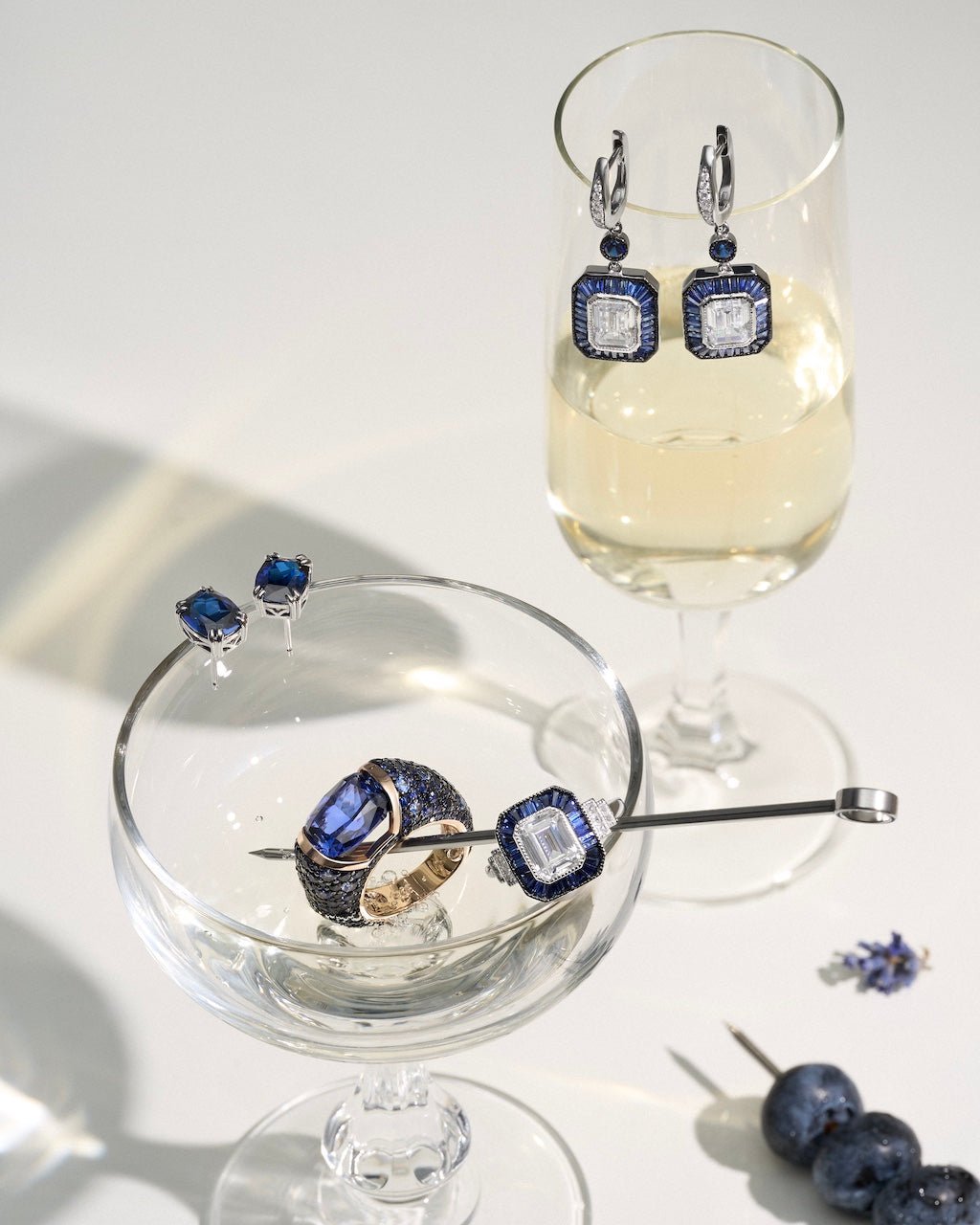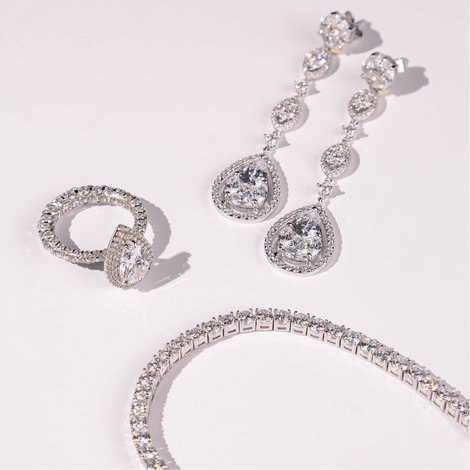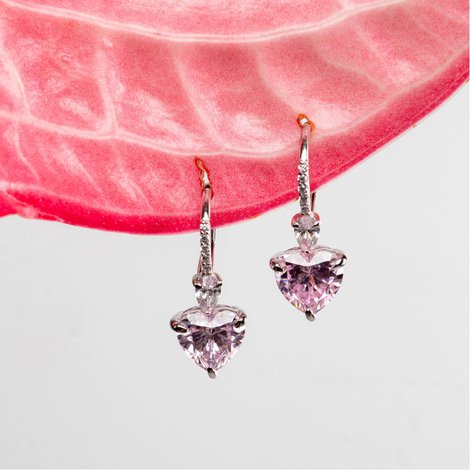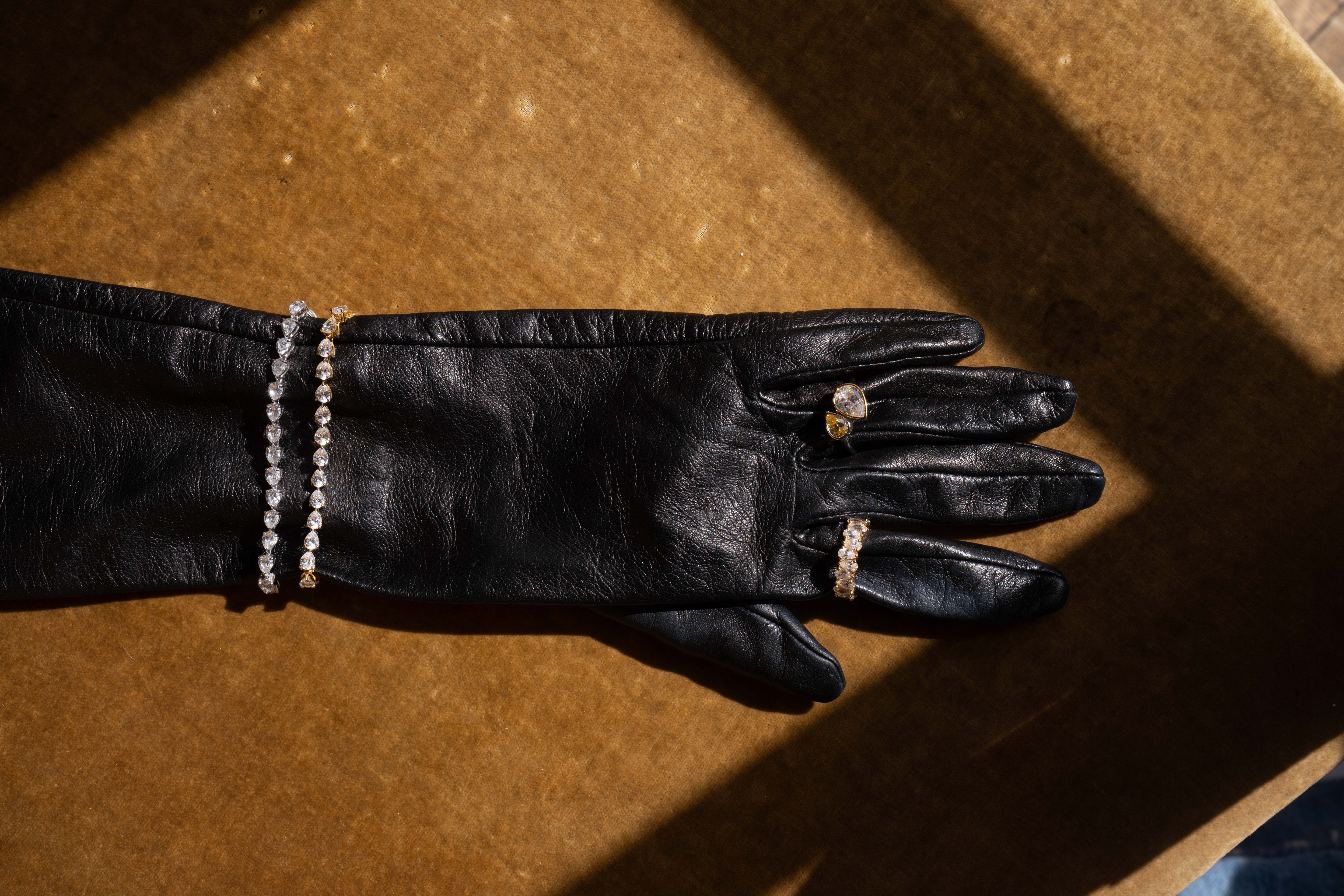
Our team at Natkina consists of specialists who have been creating innovative and high-quality diamond imitations in Switzerland since 2011. We pride ourselves on our expertise and extensive experience in this niche. Our commitment to excellence ensures that our cubic zirconia (CZ) stones are not only affordable but also match the brilliance and durability of diamonds, making them an excellent alternative for those seeking luxury without the high cost. Today, we want to delve deeper into the main differences between zircon, cubic zirconia, and CZ. To the untrained eye, they might seem identical, but these stones have distinct qualities that make each one unique.
Cubic Zirconia (CZ) - The Man-Made Diamond
Imagine a laboratory where scientists, initially aiming to create materials for laser technology, stumble upon something truly enchanting. This is the origin of cubic zirconia (CZ). Developed by the Soviet Physical Institute, this synthetic gem, also known as FIAN (after the institute), quickly found its way into jewelry stores worldwide. By the 1990s, the annual production soared to 50 million carats. CZ is not just a substitute for diamonds; it is a marvel of human ingenuity and scientific achievement.

Growing CZ
Creating CZ is a process akin to alchemy. Zirconium oxide is melted using high-frequency waves, and as the temperature cools, crystals begin to form within their own protective shell. This process can be tweaked to produce stones in a rainbow of colors—copper creates yellow, chromium results in green, and titanium produces golden hues. With over 20 shades available, CZ offers versatility that rivals natural gems, all at a fraction of the cost.
Characteristics of CZ:Chemically, CZ is zirconium dioxide, a compound often confused with the metal zirconium. This synthetic stone, however, should not be mistaken for natural zircon. It boasts a hardness rating of 7.5-8 on the Mohs scale, excellent refractive index, and brilliant dispersion, making it a superb alternative to diamonds in both appearance and durability.

Natural Zircon - The Volcanic Gem
Let’s journey back to ancient volcanic eruptions, where the earth's fiery core births natural zircon. This semi-precious stone, revered for its crystal clarity, comes in a spectrum of colors. The golden-yellow variant, known as “jargon,” is particularly prized. Despite its beauty, zircon's fragility limits its popularity compared to the more robust CZ. Yet, its natural origin and unique inclusions make it a favorite among those who appreciate the authenticity of Mother Nature's creations.
Zirconium Metal
Zirconium, a crucial silvery metal, is indispensable in numerous industries, from metallurgy to medicine, although it is not commonly used in jewelry. When combined with oxygen, it forms zirconium dioxide—better known to us as cubic zirconia. This transformation from metal to sparkling gem highlights the wonders of modern science.
Swarovski Crystals - The Artisan's Choice
Entrance into the realm of Swarovski introduces an experience where crystals transcend their conventional use as mere adornments, assuming the stature of art. Unlike diamonds or ordinary glass, Swarovski crystals are crafted with a secret blend of over 70 ingredients. These crystals, renowned for their impeccable cut and clarity, include a range of stones, including CZs, each one a testament to precision and luxury.
| Aspect | Cubic Zirconia (CZ) | Natural Zircon | Zirconium Metal | Swarovski Crystals |
|---|---|---|---|---|
| Origin | Man-made | Natural, volcanic | Natural metal | Man-made |
| Composition | Zirconium dioxide | Zirconium silicate | Zirconium | Secret blend of over 70 ingredients |
| Hardness (Mohs Scale) | 7.5-8 | 6.5-7.5 | N/A | N/A |
| Color Variations | Over 20 shades (due to added elements like copper, chromium, titanium) | Various colors, with "jargon" being golden-yellow | Silver-colored metal | Various colors, known for exceptional clarity and brilliance |
| Clarity | Flawless | Often includes natural inclusions | N/A | High clarity |
| Uses | Jewelry as a diamond alternative | Jewelry, appreciated for natural inclusions and colors | Industry, medicine (not directly in jewelry) | Jewelry, decorations |
| Popularity | High, due to affordability and diamond-like appearance | Moderate, due to fragility | N/A | High, due to the brand's reputation for quality and elegance |
| Price | Generally affordable | More expensive than CZ, but less than diamonds | N/A | Varied, generally higher-end due to the brand and quality |
| Special Features | Can be produced in a lab, customizable in color and size | Unique inclusions, natural origin | Used to produce CZ when combined with oxygen | Known for precise cuts and a luxurious finish |
| Known Brands | Swarovski (also produces CZ), Signity, Asfour, Preciosa | Henn & Co., Astro Gallery of Gems | Luxfer MEL Technologies, ATI Metals | Swarovski |
☝️ Key Differences Between Zircon and CZ
The distinctions between zircon and CZ are quite significant despite their initial similarities. Zircon, a natural stone known for its internal inclusions, boasts distinct characteristics that set it apart. On the other hand, CZ is an artificial crystal that is flawless, heavier, and generally more budget-friendly. With its remarkable clarity and brilliance, CZ serves as a practical and striking substitute for conventional gemstones, making it an attractive option for individuals looking for both elegance and affordability in their jewelry.


